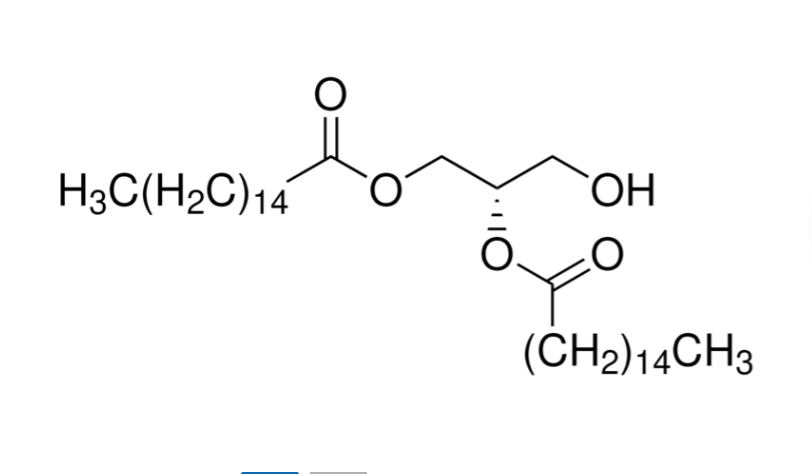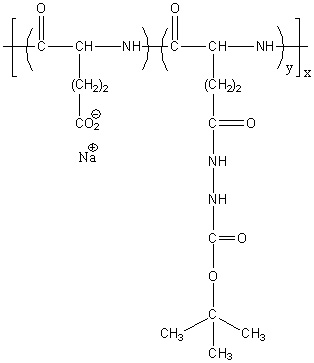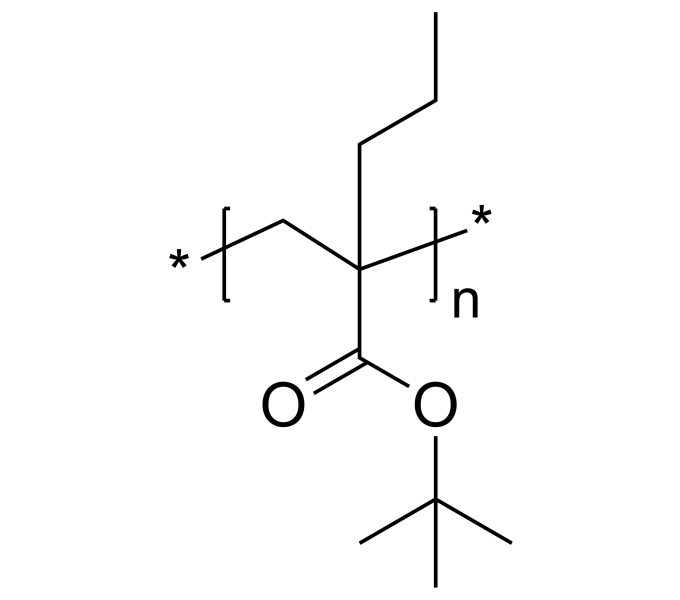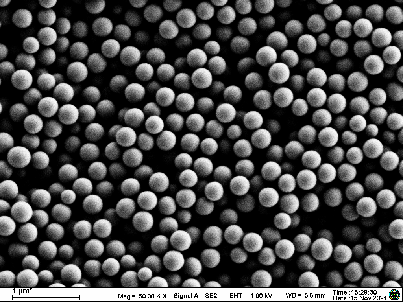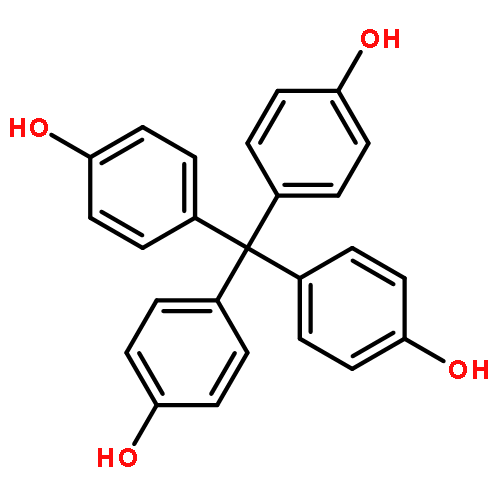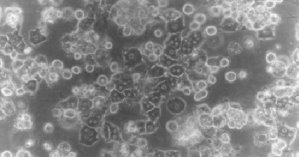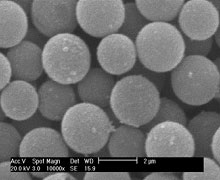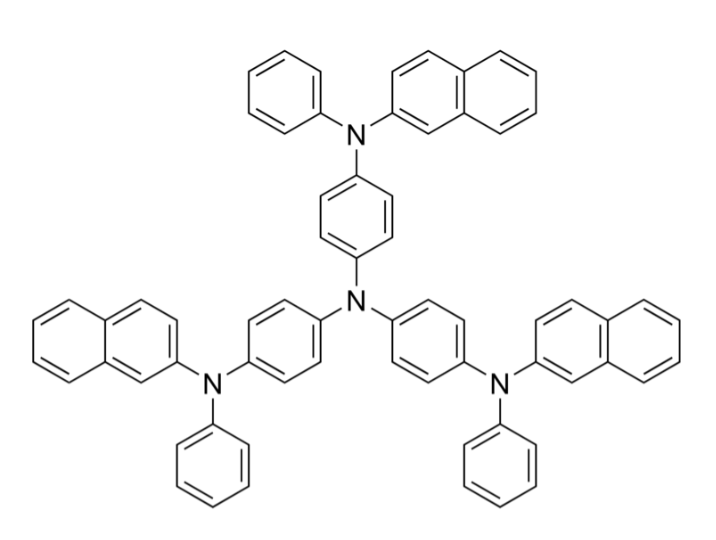In recent years, an innovative technique of delivering mRNA to the neural retina has been found for the treatment of inherited retinal degenerations and blindness. Using the peptide-guided lipid nanoparticles (LNPs), scientists have successfully locked on photoreceptor cells in the eyes and achieved the targeted delivery of mRNA to a variety of cell types in the retina. The peptides were incorporated into LNPs, as channels for mRNA delivery to photoreceptor cells, mRNA delivery to photoreceptor cells both in mice and non-human primates. The result expression of proteins produced in this way were proven to be robust and promising.
Furthermore, the researchers found the precise peptide sequences that endowed the targeting prowess upon the retina. The researchers injected a group of heptameric M13 bacteriophages into the eyes of mice utilizing in vivo bacteriophage biological screening to collect the phage-peptide fusions that showed a binding affinity for the neural retina after multiple rounds of bio screening. Titer measurements proved the experiment a great success, and then the subsequent Sanger sequencing of the accumulated phage plaques unveiled a rich motif emblematic of the sequences which is beneficial to retinal targeting. Ultimately, a total of 30 different sequences emerged as the heralded retina-targeting peptides.
However, the LNPs encountered challenges when effectively positioning photoreceptor cells in the neural retina. In order to discover the peptides that are capable of enhancing the binding of LNPs to the cells, the scientists took a series of experiments. Among the discovered peptides, one stood out-MH42-possesses favorable properties, including a tendency for global formation and a minimal binding affinity to serum albumin. Due to the unique characteristics of MH42, including a histidine residue and slightly basic amines, it has the potential to improve enhanced transfection of photoreceptor cells and augment expression. However, to fully explain the intricate mechanisms, further investigation is required.
The team also assessed the immune response of mice and non-human primates when addressing the complexities of the research. The interesting thing is that they found retinal changes. The mice showed the loss of PR cells, while non-human primates displayed the activation of immune cells. Notably, such effects might be dependent on dosage, and the dosage adjustment, the exploration of new biodegradable systems or the introduction of new materials may relieve the impact.
However, the research has some limitations, including the necessary to elute the PR-specific peptide and further improve targeting efficiency. It is crucial to identify the receptors that related to the uptake and internalization of LNPs. Nevertheless, the research proved the potential of the peptide-conjugated LNPs as powerful instruments in mRNA-based therapies targeting the retina. The research made a great progress in non-human primate models, especially with inherited retinal diseases, inspiring the confidence in the future effect of the approach.
The research advocates for the delivery of mRNA to the neural retina guided by peptide-conjugated LNPs, which indicates a new era in the treatment of diverse retinal abnormalities and pathologies. The approach will bring about great effect on our daily lives.


